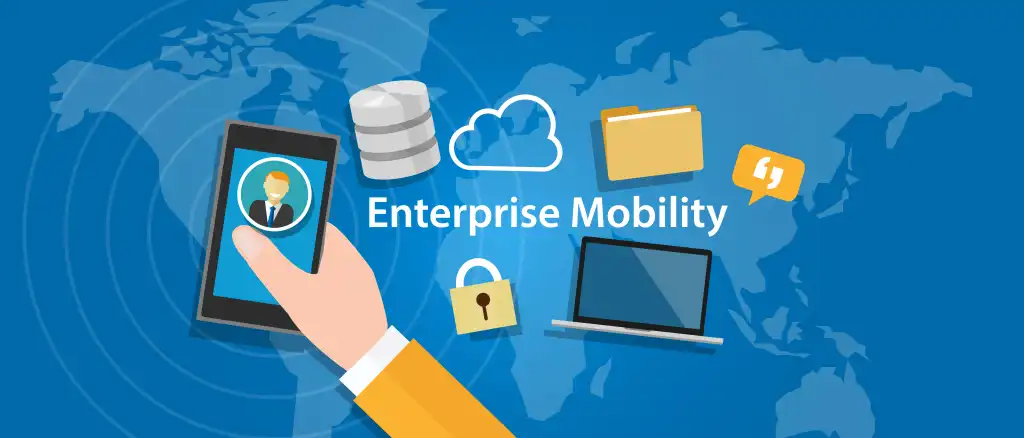In today’s mobile-first business environment, enterprise mobility management (EMM) is transforming the way companies manage and secure mobile devices. As businesses increasingly rely on mobile devices for remote and hybrid workforces, effective management is crucial to ensuring security, operational efficiency, and productivity.
What is Enterprise Mobility Management?
Enterprise mobility management refers to a set of technologies and policies designed to secure and manage mobile devices used by employees in a business environment. EMM solutions offer businesses the ability to control and monitor devices, applications, and data access, ensuring that employees can work seamlessly while minimizing security risks.
Key Benefits of EMM
- Enhanced Data Security
One of the primary benefits of EMM is its ability to secure sensitive business data on mobile devices. By using features like remote wiping, encryption, and secure access controls, EMM ensures that lost or stolen devices don’t compromise the organization’s data. - Improved Productivity and Efficiency
EMM tools help streamline workflows by providing employees with secure access to business apps and data, no matter where they are. Employees can access resources on the go, resulting in increased productivity and collaboration, without sacrificing security. - Simplified Device Management
Managing a fleet of mobile devices can be a complex task. EMM simplifies this process by offering centralized control over all devices, apps, and data. Administrators can deploy software updates, manage app installations, and ensure devices are compliant with company policies. - Cost Reduction
Implementing EMM can lead to cost savings in several areas. Businesses can reduce the need for expensive unlimited data plans by optimizing device usage and better managing mobile resources. Additionally, efficient management tools reduce the time spent by IT teams on manual configurations and troubleshooting. - Support for Bring Your Own Device (BYOD)
As more companies adopt BYOD policies, EMM solutions provide a secure way to manage personal devices in the workplace. Employees can use their devices for both personal and professional purposes without compromising corporate data security.
How Enterprise Mobility Management Reduces Costs and Increases Control
EMM tools not only improve security and productivity but also have a direct impact on cost control. By optimizing mobile data usage, businesses can reduce unnecessary data consumption. This, combined with the ability to easily monitor and manage inventory, ensures that businesses are getting the most value out of their mobile infrastructure.
For businesses with a large number of mobile devices, centralized control and visibility into device performance and usage can lead to significant savings on both hardware and data plans. By streamlining these processes, EMM helps businesses maintain tighter control over their mobile operations and budget.
The Future of Enterprise Mobility Management in Hybrid Workplaces
As hybrid and remote work environments become more common, the role of enterprise mobility management will only grow. EMM solutions are continually evolving to meet the increasing demands of a mobile workforce, with advancements in AI, automation, and device analytics.
The future of EMM is centered around providing businesses with more sophisticated tools to manage an increasingly complex network of mobile devices. As mobile technology advances, businesses will need to adapt their mobility strategies to ensure that they can continue to safeguard data, optimize productivity, and maintain seamless communication across all platforms.
Conclusion
Enterprise mobility management is no longer just a luxury for businesses—it’s a necessity in a world where mobile devices play a crucial role in daily operations. By adopting EMM solutions, businesses can ensure that their mobile workforces remain secure, productive, and cost-effective. As remote and hybrid workforces continue to rise, enterprise mobility management will be essential to staying ahead in a digital-first world.



